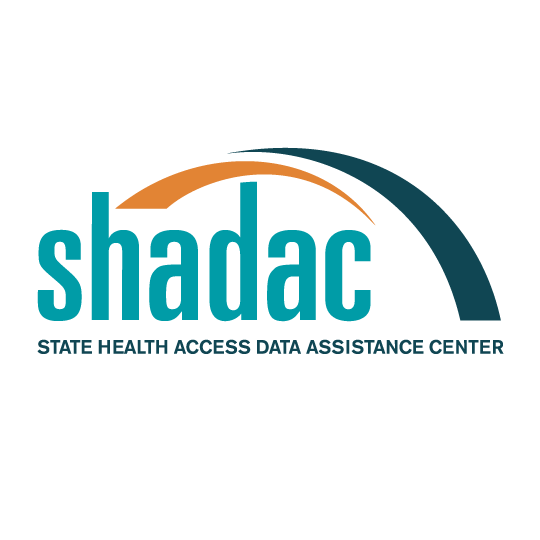Publication
The Impact of Gaps in Health Insurance Coverage on Immunization Status for Young Children
Blewett, L. A., G. Davidson, M. Bramlett, H. Rodin, and M. Messionnier. 2008. “The Impact of Gaps in Health Insurance Coverage on Immunization Status for Young Children.” Health Service Research 43(5): 1619-1636.
Objective. To examine the impact of full-year versus intermittent public and private health insurance coverage on the immunization status of children aged 19-35 months.
Data Source. 2001 State and Local Area Integrated Telephone Survey's National Survey of Children with Special Health Care Needs (NS-CSHCN) and the 2000-2002 National Immunization Survey (NIS).
Study Design. Linked health insurance data from 2001 NS-CSHCN with verified immunization status from the 2000-2002 NIS for a nationally representative sample of 8,861 nonspecial health care needs children. Estimated adjusted rates of up-to-date (UTD) immunization status using multivariate logistic regressions for seven recommended immunizations and three series.
Principal Findings. Children with public full-year coverage were significantly more likely to be UTD for two series of recommended vaccines, (4:3:1:3) and (4:3:1:3:3), compared with children with private full-year coverage. For three out of 10 immunizations and series tested, children with private part-year coverage were significantly less likely to be UTD than children with private full-year coverage.
Conclusions. Our findings raise concerns about access to needed immunizations for children with gaps in private health insurance coverage and challenge the prevailing belief that private health insurance represents the gold standard with regard to UTD status for young children.
Publication
Disparities and Barriers to Utilization among Minnesota Health Care Program Enrollees
This report presents findings from a statewide survey of 4,902 Minnesota Health Care Program (MHCP) enrollees designed to assess racial and ethnic disparities in the use of preventive and other health services, as well as barriers that discourage the use of those services. December 2003.
Publication
MN Health Access Survey 2007 Fact Sheet
This fact sheet provides preliminary results from the 2007 Minnesota Health Access Survey and compares these to findings from earlier years. April 2008.
Publication
A Profile of Minnesota Health Insurance Coverage and Access to Care
This brief report includes analysis from the 2001 and 2004 Minnesota Health Access Surveys and the 2004 Behavioral Risk Factor Surveillance System survey. May 2006.
Publication
A Needed Lifeline: Chronically Ill Children and Public Health Insurance Coverage
This report was released for the 2008 Cover the Uninsured Campaign, a project of the Robert Wood Johnson Foundation to highlight the fact that too many Americans are living without health insurance and to demand solutions from our nation's leaders. The report includes a state-by-state analysis on children’s access to health care services, especially children who suffer from chronic illness. August 2008.









